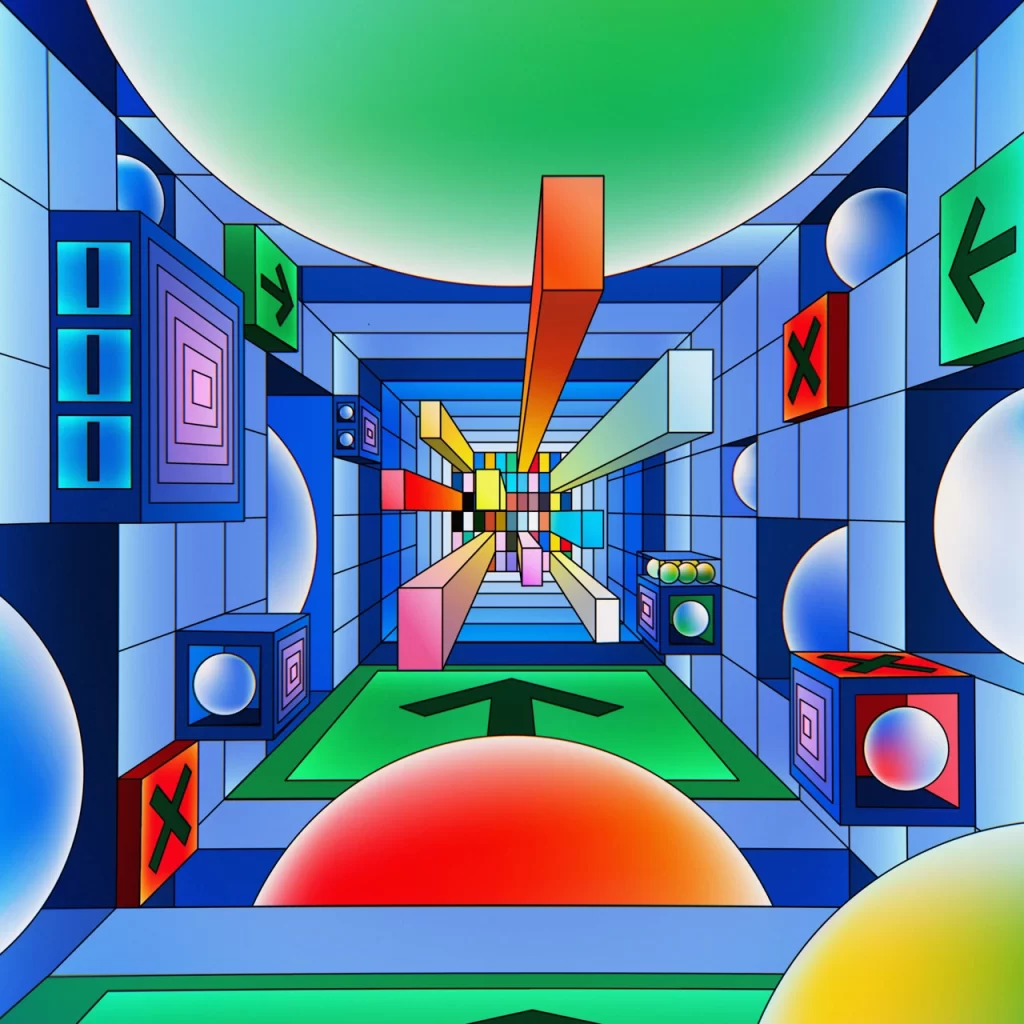Title

The Importance of Natural Light in Architecture
Enhancing Building Performance and Occupant Well-being
The incorporation of natural light in buildings is crucial for both environmental sustainability and the well-being of occupants. Natural light not only reduces energy consumption by minimizing the need for artificial lighting but also enhances mood and productivity¹.
Historical Context and Evolution
Historically, architects have sought innovative ways to harness natural light, with contemporary approaches evolving to include more sophisticated, data-driven methods. Parametric design represents the latest advancement in this field².

Parametric Design and Natural Light
Data-Driven Approaches to Light Optimisation
Parametric design uses data and algorithms to optimise natural light in buildings. By analysing the sun’s trajectory, designers can create structures that maximise light intake and distribution throughout the day³.
Customisable Solutions for Diverse Architectural Forms
Parametric design allows for customisable solutions tailored to different architectural forms and functions. This flexibility ensures that a wide range of buildings, from residential to commercial, can benefit from optimised natural light⁴.
Integrating Technology for Enhanced Control
Advanced technologies in parametric design, such as sensors and automated shading systems, enable dynamic control of natural light. This adaptability leads to more efficient light management based on real-time environmental conditions⁵.

Innovations in Building Design
Exploring New Geometries for Light Optimisation
Parametric design has led to the exploration of new geometries that can enhance natural light penetration. Complex forms, previously difficult to conceive, can now be designed and tested for optimal light distribution⁶.
Materials and Construction Techniques
Innovations in materials and construction techniques have further supported natural light optimisation. The use of translucent and reflective materials, combined with parametric design, results in buildings that are both aesthetically pleasing and functionally effective⁷.
Challenges in Implementation
Balancing Aesthetics and Functionality
One of the challenges in implementing natural light optimisation through parametric design is balancing aesthetics with functionality. Designs must be visually appealing while effectively harnessing natural light⁸.
Cost Implications and Scalability
Cost implications and scalability are also considerations. The deployment of sophisticated parametric design solutions needs to be economically viable and scalable for different types of projects⁹.
Case Studies of Successful Implementations
Pioneering Projects in Parametric Light Optimisation
Several pioneering projects have successfully implemented parametric design for natural light optimisation. These case studies serve as benchmarks for the industry, showcasing the practical application and benefits of this approach¹⁰.
Impact on Energy Efficiency and Sustainability
The impact of these projects on energy efficiency and sustainability is significant. By optimising natural light, buildings can reduce their carbon footprint and contribute to a more sustainable built environment¹¹.

The Future of Natural Light Optimisation
Emerging Trends and Future Directions
The future of natural light optimisation in architecture is likely to see further integration of emerging technologies like AI and IoT. These technologies can provide even more precise and adaptable lighting solutions¹².
Sustainability and Human-Centric Design
A continued focus on sustainability and human-centric design is expected. Future architectural designs will prioritise natural light optimisation as a key element of sustainable and healthy living environments¹³.
References
- Boyce, P. R. (2014). Human Factors in Lighting. CRC Press.
- Lechner, N. (2015). Heating, Cooling, Lighting: Sustainable Design Methods for Architects. John Wiley & Sons.
- Kolarevic, B., & Malkawi, A. M. (2005). Performative Architecture: Beyond Instrumentality. Spon Press.
- Burry, M. (2011). Scripting Cultures: Architectural Design and Programming. John Wiley & Sons.
- Oxman, N. (2016). Material Ecology. Computers & Graphics, 54, 8-11.
- Pottmann, H., Asperl, A., Hofer, M., & Kilian, A. (2007). Architectural Geometry. Bentley Institute Press.
- Knaack, U., Klein, T., Bilow, M., & Auer, T. (2008). Facades: Principles of Construction. Birkhäuser.
- Steemers, K. (2004). Energy and Environment in Architecture: A Technical Design Guide. E & FN Spon.
- Yeang, K. (1995). Designing With Nature: The Ecological Basis for Architectural Design. McGraw-Hill.
- Hensel, M., Menges, A., & Weinstock, M. (2010). Emergent Technologies and Design: Towards a Biological Paradigm for Architecture. Routledge.
- Fisk, W. J. (2000). Health and Productivity Gains from Better Indoor Environments and Their Relationship with Building Energy Efficiency. Annual Review of Energy and the Environment.
- Tregenza, P. R., & Wilson, M. (2011). Daylighting: Architecture and Lighting Design. Routledge.
- Loe, D. L., Rowlands, E., & Spittle, B. J. (2003). Lighting Research & Technology: The Evaluation of Lighting Quality. Sage Publications.
Published
Tags
Share